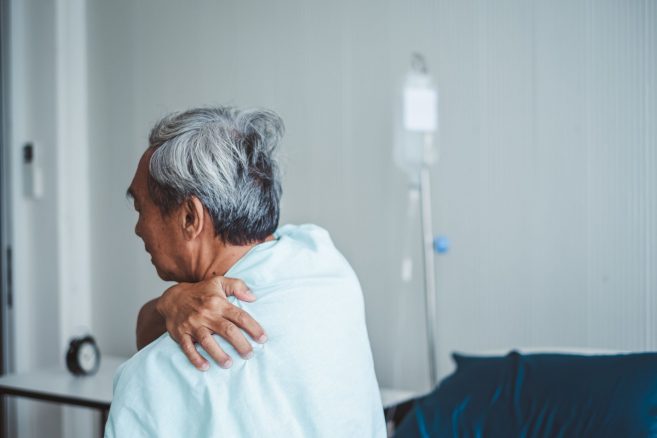Families of nursing home residents beware: A recent federal study found that incidents of abuse in nursing home abuse doubled from 2013 to 2017. The Government Accountability Office analyzed sample data from The Centers for Medicare & Medicaid Services (CMS), which ensures federal quality standards in nursing homes. The agency found that “abuse deficiencies” increased 103% from 430 incidents in 2013 to 875 in 2017 with the largest increase coming in severe cases.
First Signs of Understaffing
John Dalli, a partner in the law firm Dalli & Marino, LLP, says families need to be vigilant when visiting loved ones in nursing homes. Bedsores or pressure ulcers on a patient’s skin are one of the first signs of elder abuse in these skilled nursing facilities.
“The presence of bedsores usually indicates the facility is understaffed. There are not enough employees to take care of the patients who are bedridden and need assistance moving around,” says Dalli. “Bedsores develop if a patient isn’t moved every few hours – and that’s neglectful abuse.”
Dalli advises families to watch for any signs of distress, or expressions of discomfort or pain. Non-verbal nursing home residents may grimace in pain when they are moved.
Bedsores – Four Stages
Bedsores are classified into four distinct stages. Successful treatment depends on spotting them early, in Stage 1 if possible. If a sore progresses to late-stage (Stage 4), it can result in tissue damage, serious infection or even death. Characteristics of a Stage 1 bedsore include:
- The skin is not yet broken, but appears red on people with lighter skin color. The skin doesn’t briefly lighten (blanch) when touched.
- On people with darker skin, the skin may show discoloration, and it doesn’t blanch when touched.
- The site may be tender, painful, firm, soft, warm or cool compared with the surrounding skin.
According to the Mayo Clinic, the areas where bedsores most frequently occur should be examined regularly. It’s also important for family members to take extra measures for loved ones in wheelchairs or confined to bed.
For people who use a wheelchair, those areas are:
- Tailbone or buttocks
- Shoulder blades and spine
- Backs of arms and legs where they rest against the chair
For people who are confined to a bed:
- Back or sides of the head
- Rim of the ears
- Shoulders or shoulder blades
- Hip, lower back or tailbone
- Heels, ankles and skin behind the knees
Contact Dalli & Marino LLP
Dalli & Marino, LLP has been providing top-tier representation, and we have recovered millions of dollars, for families in cases of nursing home and other skilled care/elder care facility neglect and results of understaffing, in Suffolk and Nassau Counties (Long Island), Manhattan, Brooklyn, the Bronx, Queens, Staten Island, and Westchester County, since 1995.
Please contact our team to discuss your case, or with any questions, at 1-888-465-8790 [Toll-Free], or by completing the CASE EVALUATION Form on our Contact Page.
